【对线面试官】 Java NIO
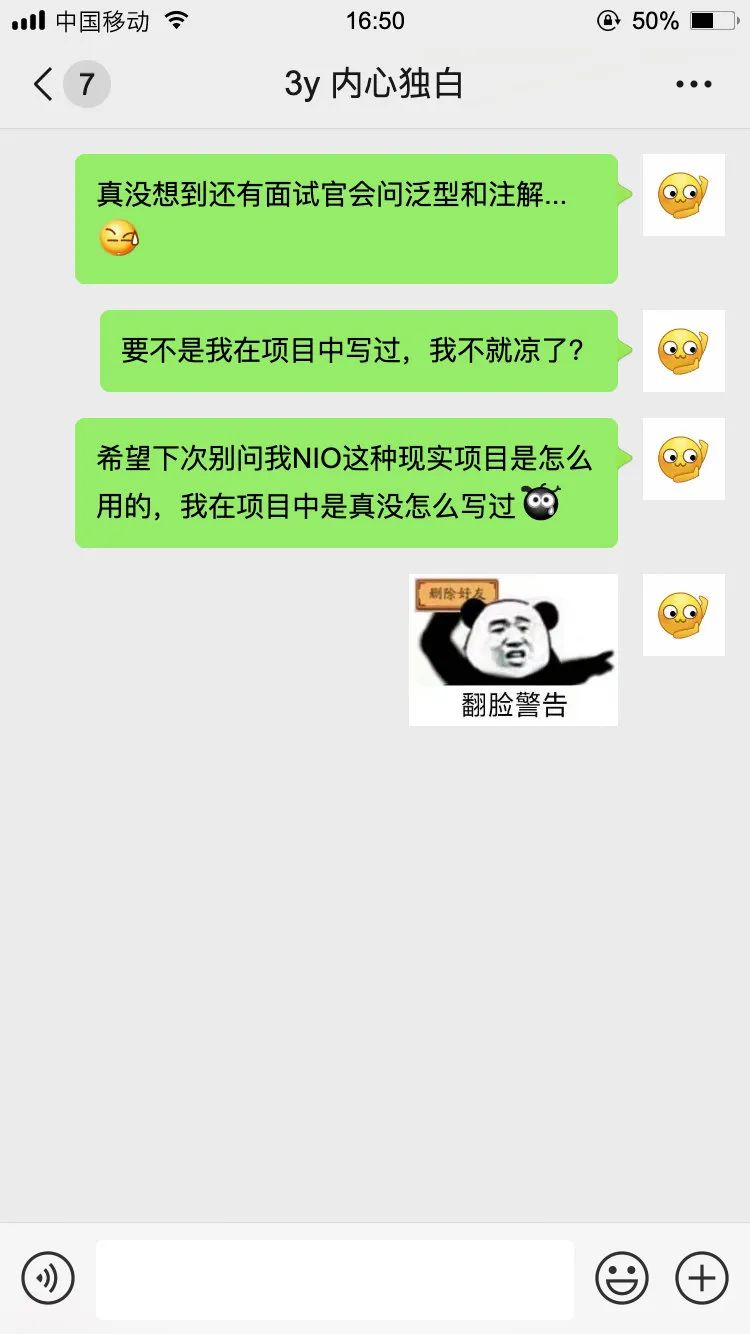
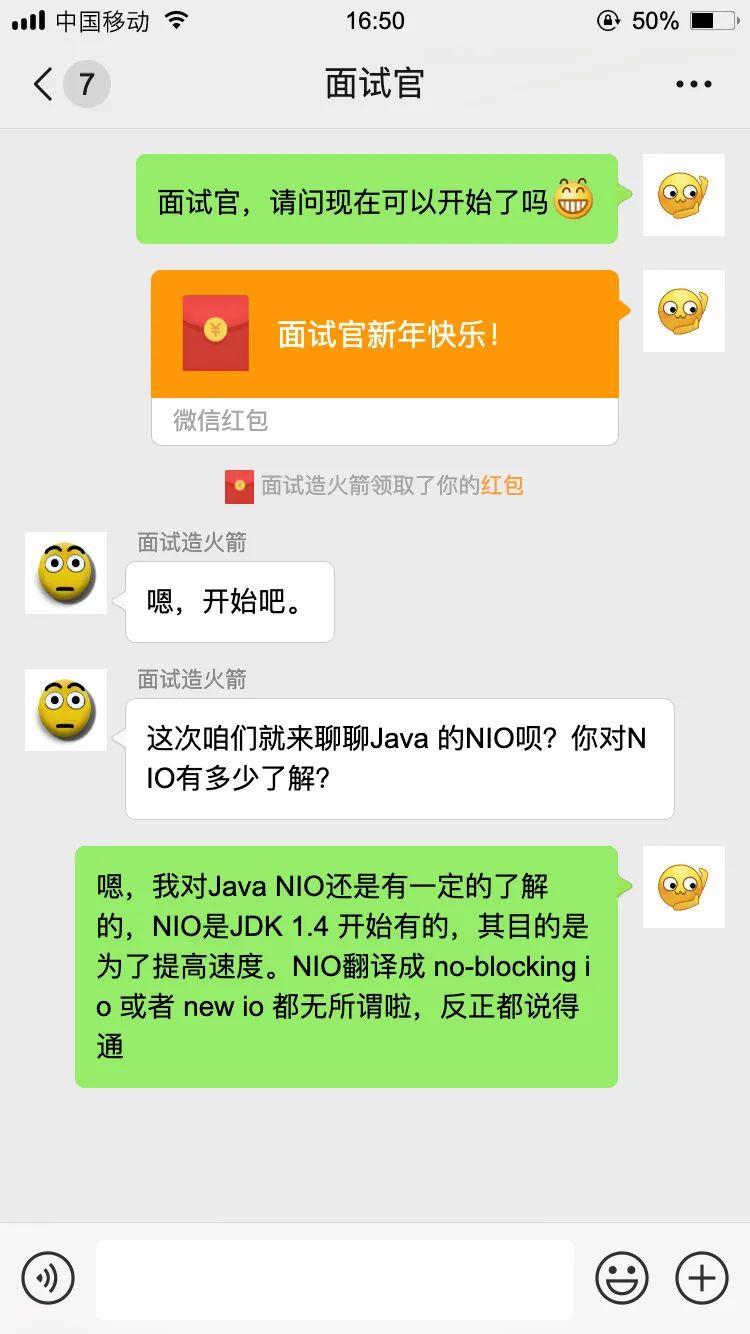
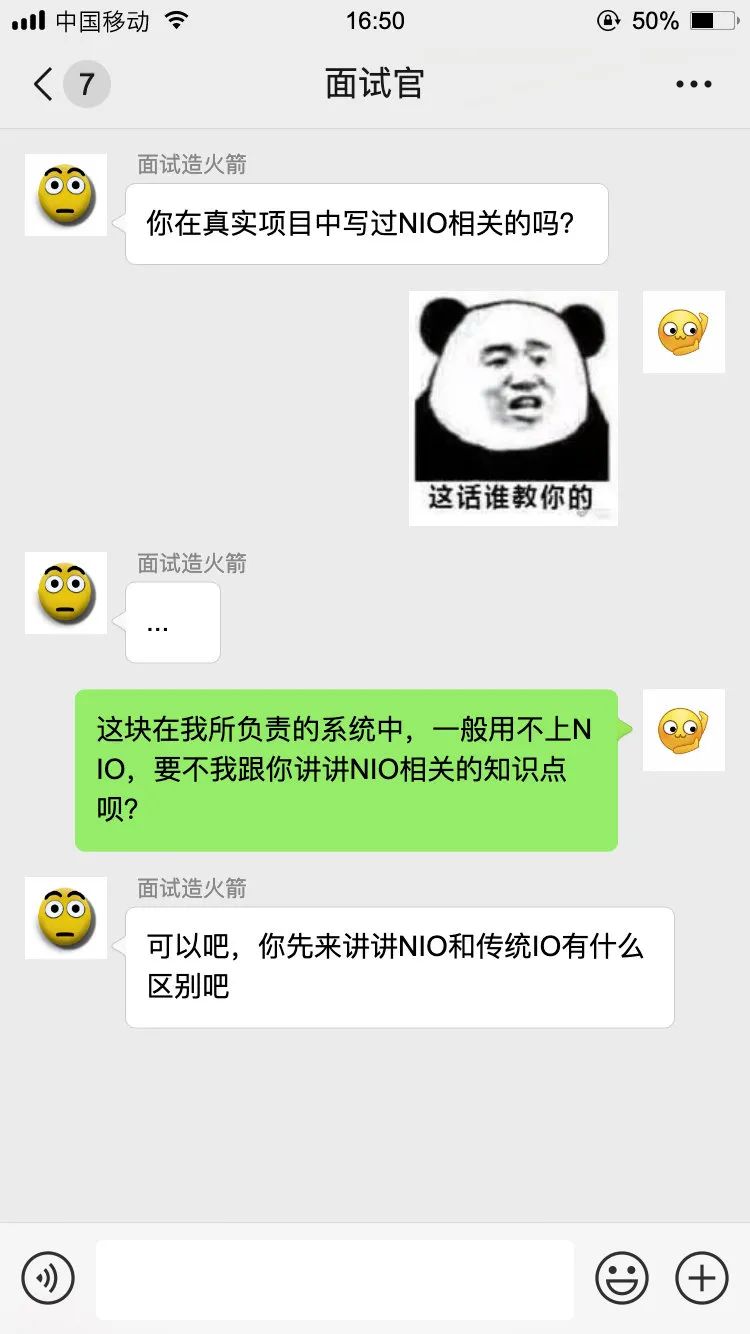

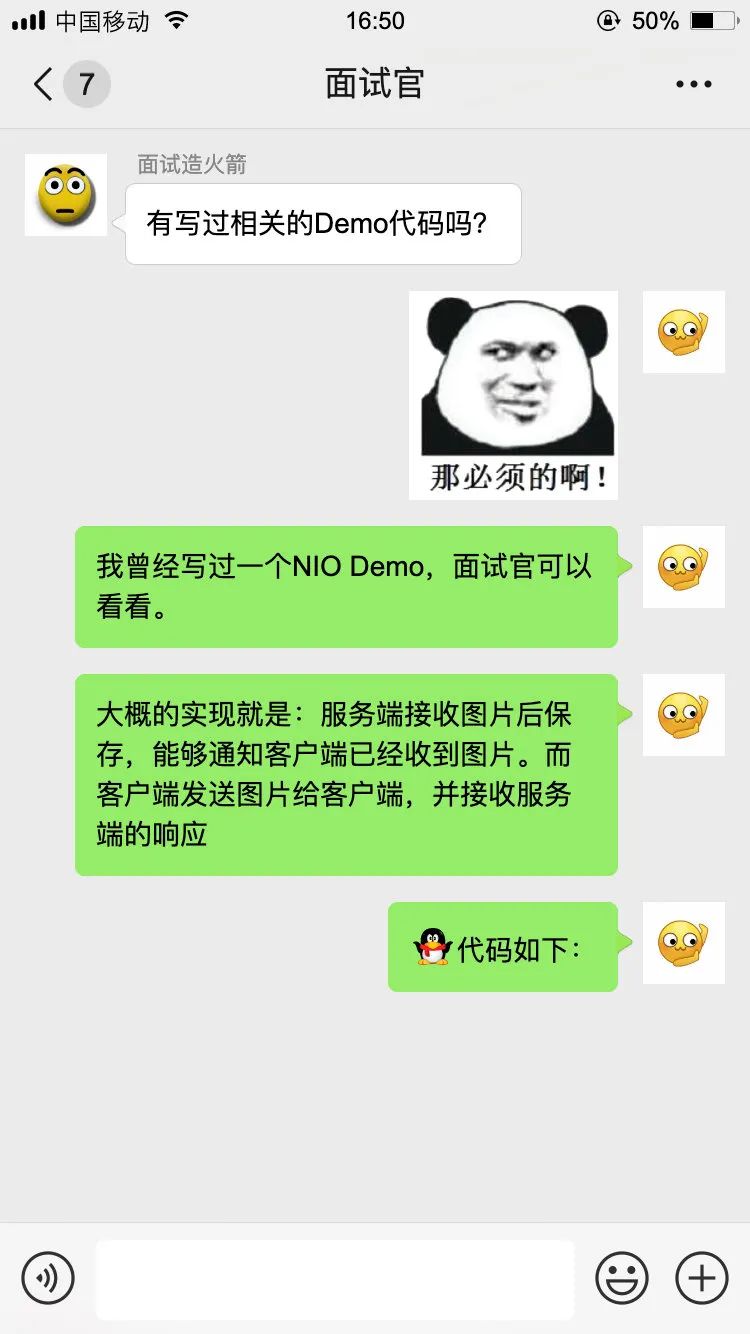
服务端:
public class NoBlockServer {
public static void main(String[] args) throws IOException {
// 1.获取通道
ServerSocketChannel server = ServerSocketChannel.open();
// 2.切换成非阻塞模式
server.configureBlocking(false);
// 3. 绑定连接
server.bind(new InetSocketAddress(6666));
// 4. 获取选择器
Selector selector = Selector.open();
// 4.1将通道注册到选择器上,指定接收“监听通道”事件
server.register(selector, SelectionKey.OP_ACCEPT);
// 5. 轮训地获取选择器上已“就绪”的事件--->只要select()>0,说明已就绪
while (selector.select() > 0) {
// 6. 获取当前选择器所有注册的“选择键”(已就绪的监听事件)
Iterator iterator = selector.selectedKeys().iterator();
// 7. 获取已“就绪”的事件,(不同的事件做不同的事)
while (iterator.hasNext()) {
SelectionKey selectionKey = iterator.next();
// 接收事件就绪
if (selectionKey.isAcceptable()) {
// 8. 获取客户端的链接
SocketChannel client = server.accept();
// 8.1 切换成非阻塞状态
client.configureBlocking(false);
// 8.2 注册到选择器上-->拿到客户端的连接为了读取通道的数据(监听读就绪事件)
client.register(selector, SelectionKey.OP_READ);
} else if (selectionKey.isReadable()) { // 读事件就绪
// 9. 获取当前选择器读就绪状态的通道
SocketChannel client = (SocketChannel) selectionKey.channel();
// 9.1读取数据
ByteBuffer buffer = ByteBuffer.allocate(1024);
// 9.2得到文件通道,将客户端传递过来的图片写到本地项目下(写模式、没有则创建)
FileChannel outChannel = FileChannel.open(Paths.get("2.png"), StandardOpenOption.WRITE, StandardOpenOption.CREATE);
while (client.read(buffer) > 0) {
// 在读之前都要切换成读模式
buffer.flip();
outChannel.write(buffer);
// 读完切换成写模式,能让管道继续读取文件的数据
buffer.clear();
}
}
// 10. 取消选择键(已经处理过的事件,就应该取消掉了)
iterator.remove();
}
}
}
}
客户端:
public class NoBlockClient {
public static void main(String[] args) throws IOException {
// 1. 获取通道
SocketChannel socketChannel = SocketChannel.open(new InetSocketAddress("127.0.0.1", 6666));
// 1.1切换成非阻塞模式
socketChannel.configureBlocking(false);
// 1.2获取选择器
Selector selector = Selector.open();
// 1.3将通道注册到选择器中,获取服务端返回的数据
socketChannel.register(selector, SelectionKey.OP_READ);
// 2. 发送一张图片给服务端吧
FileChannel fileChannel = FileChannel.open(Paths.get("X:\\Users\\ozc\\Desktop\\面试造火箭\\1.png"), StandardOpenOption.READ);
// 3.要使用NIO,有了Channel,就必然要有Buffer,Buffer是与数据打交道的呢
ByteBuffer buffer = ByteBuffer.allocate(1024);
// 4.读取本地文件(图片),发送到服务器
while (fileChannel.read(buffer) != -1) {
// 在读之前都要切换成读模式
buffer.flip();
socketChannel.write(buffer);
// 读完切换成写模式,能让管道继续读取文件的数据
buffer.clear();
}
// 5. 轮训地获取选择器上已“就绪”的事件--->只要select()>0,说明已就绪
while (selector.select() > 0) {
// 6. 获取当前选择器所有注册的“选择键”(已就绪的监听事件)
Iterator iterator = selector.selectedKeys().iterator();
// 7. 获取已“就绪”的事件,(不同的事件做不同的事)
while (iterator.hasNext()) {
SelectionKey selectionKey = iterator.next();
// 8. 读事件就绪
if (selectionKey.isReadable()) {
// 8.1得到对应的通道
SocketChannel channel = (SocketChannel) selectionKey.channel();
ByteBuffer responseBuffer = ByteBuffer.allocate(1024);
// 9. 知道服务端要返回响应的数据给客户端,客户端在这里接收
int readBytes = channel.read(responseBuffer);
if (readBytes > 0) {
// 切换读模式
responseBuffer.flip();
System.out.println(new String(responseBuffer.array(), 0, readBytes));
}
}
// 10. 取消选择键(已经处理过的事件,就应该取消掉了)
iterator.remove();
}
}
}
}

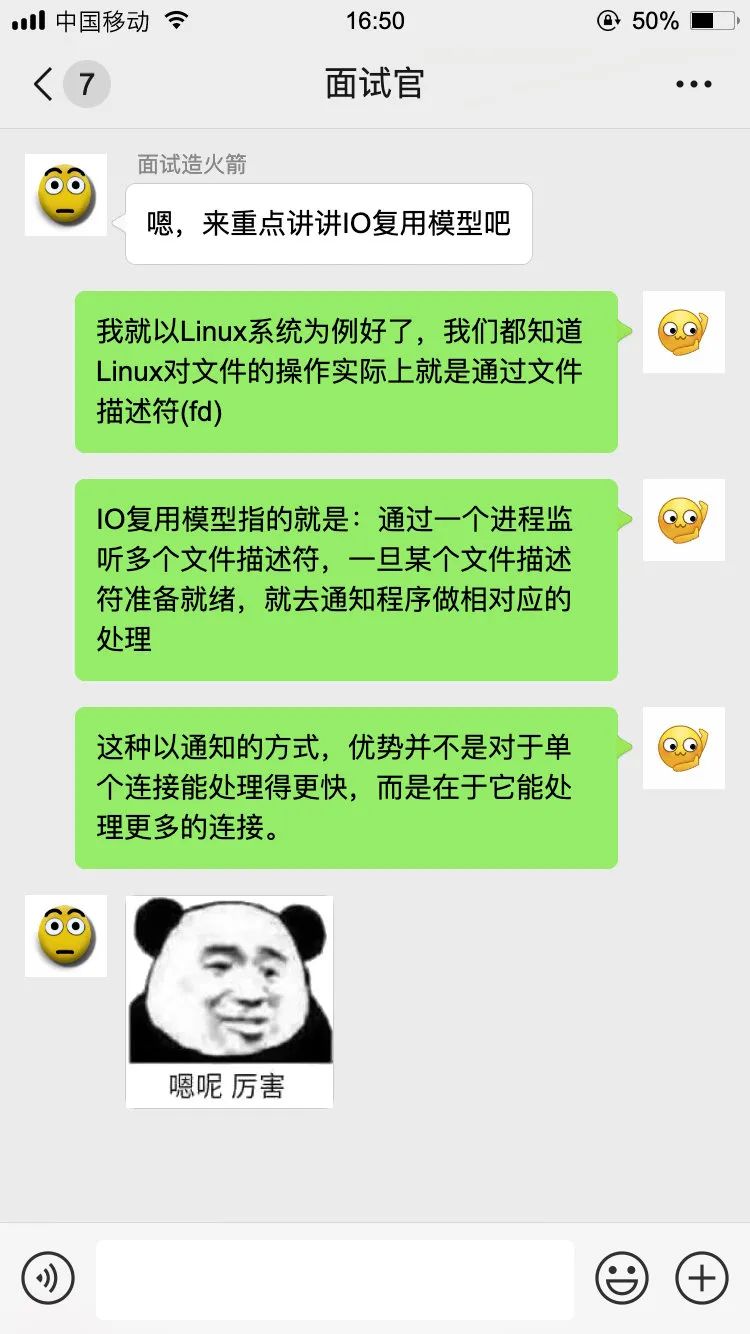


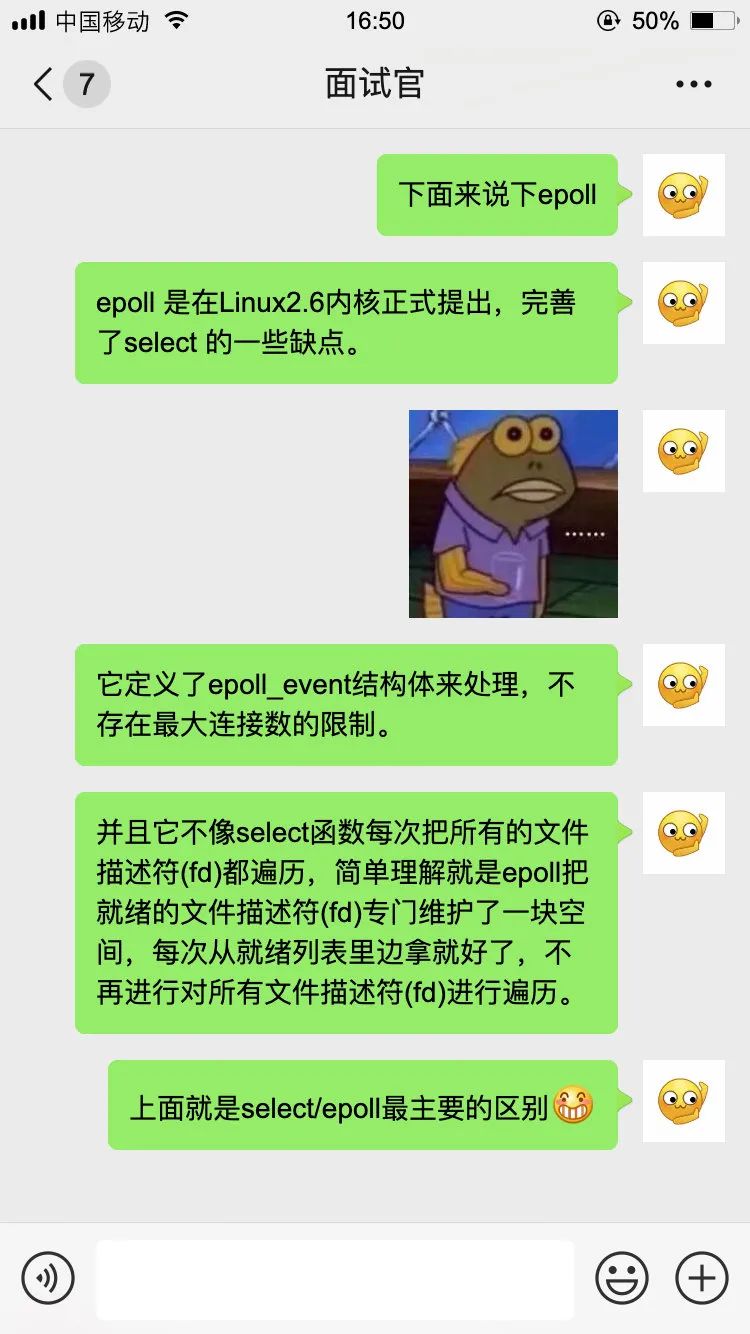
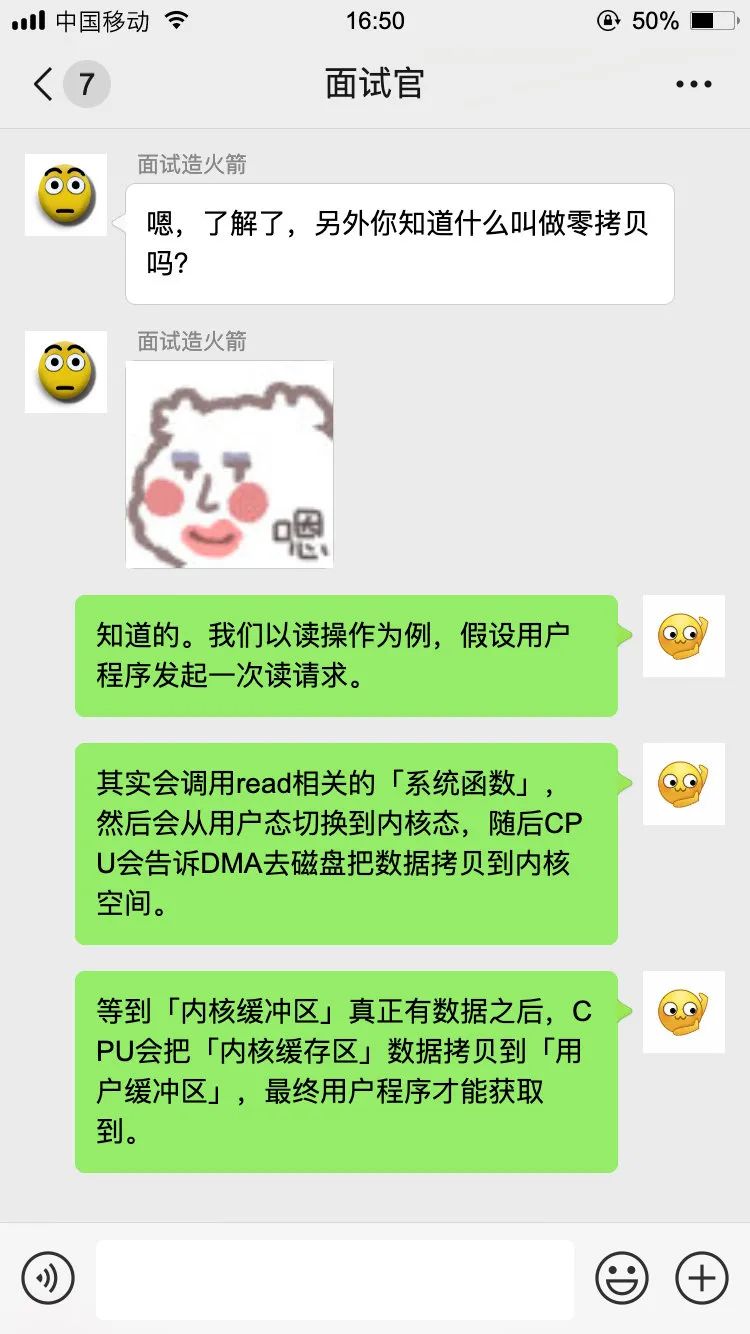
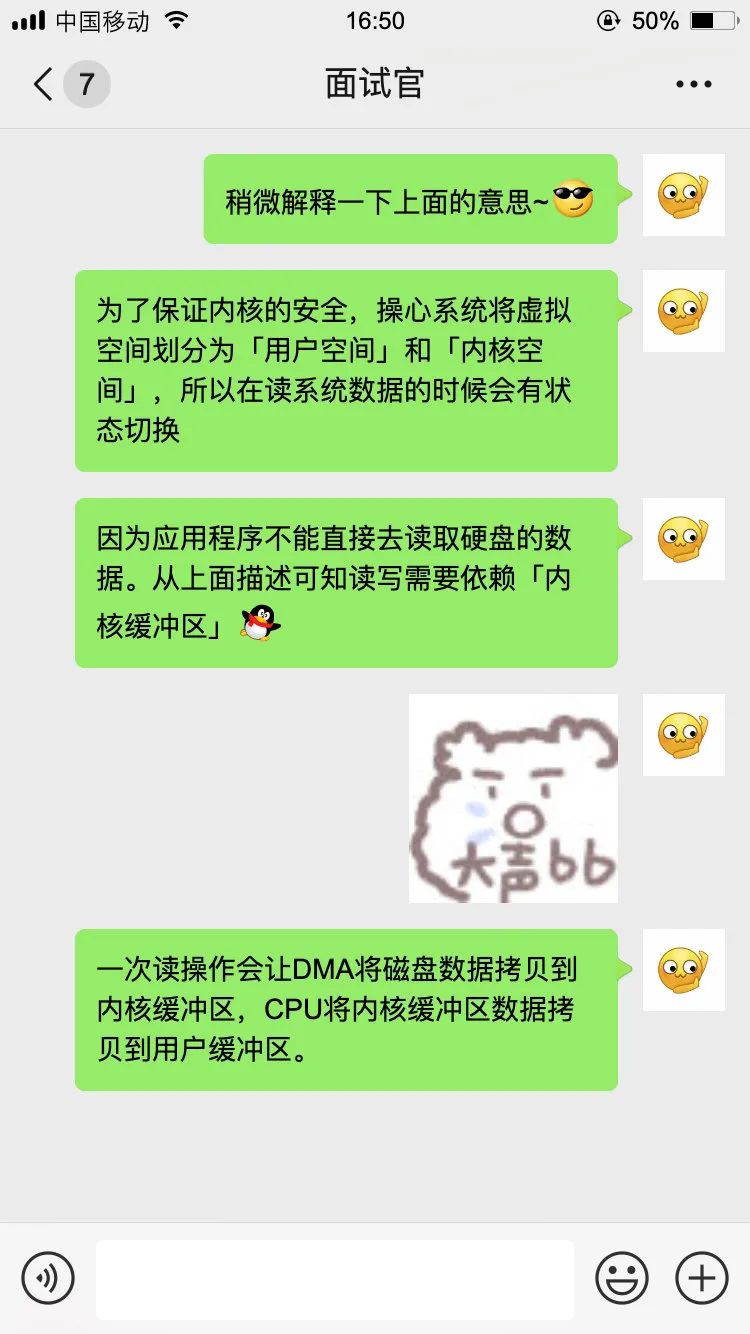
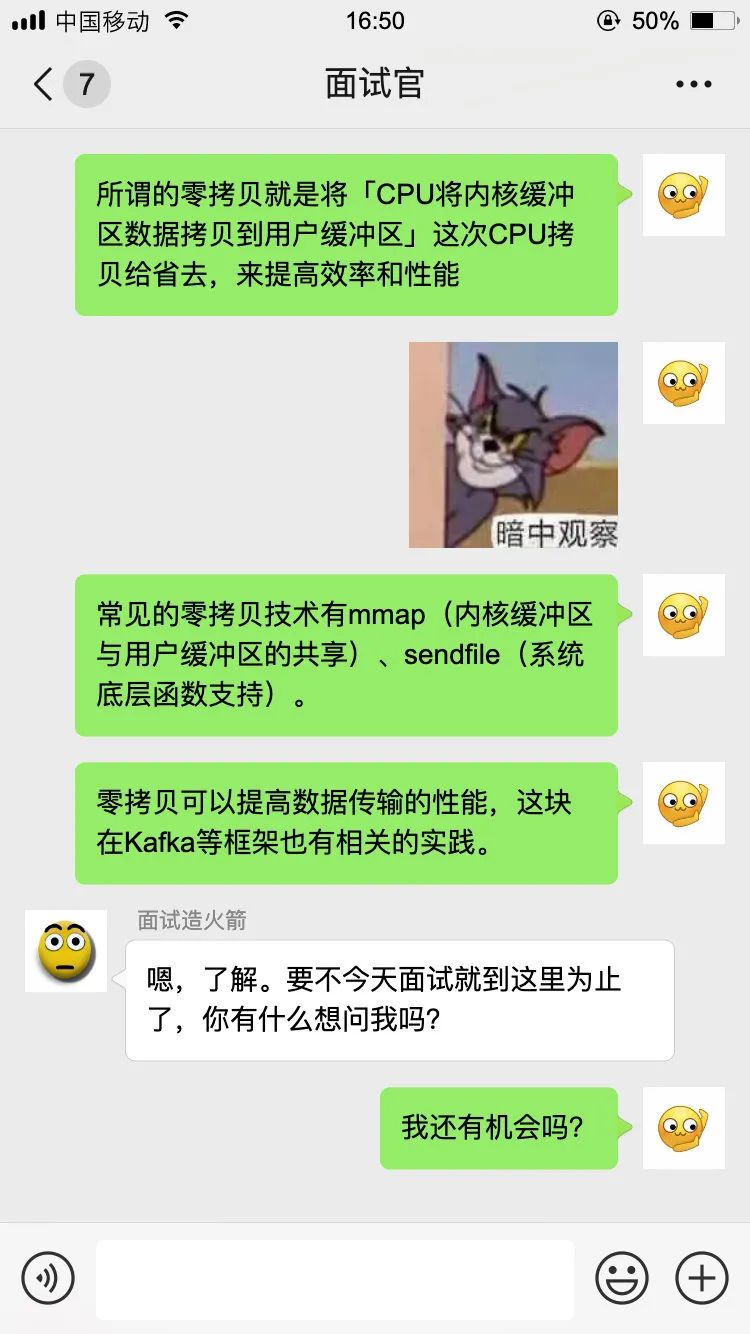

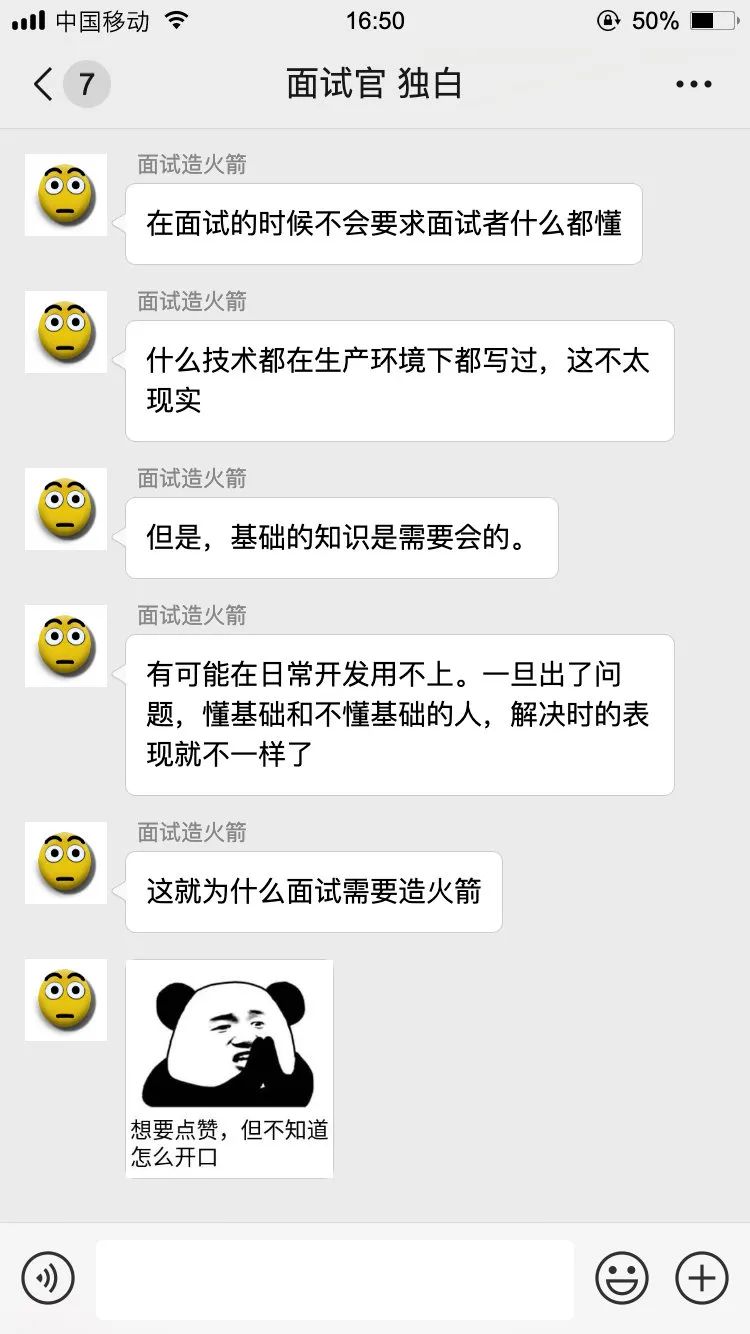

文章以纯面试的角度去讲解,所以有很多的细节是未铺垫的。
比如说NIO的API使用讲解等等等...这些在【Java3y】都有过详细的基本教程甚至电子书,我就不再详述了。
添加我的微信【sanwaiyihao】进一步交流和学习
点亮在看和转发是我持续更新的动力,对我真的很重要!
评论
